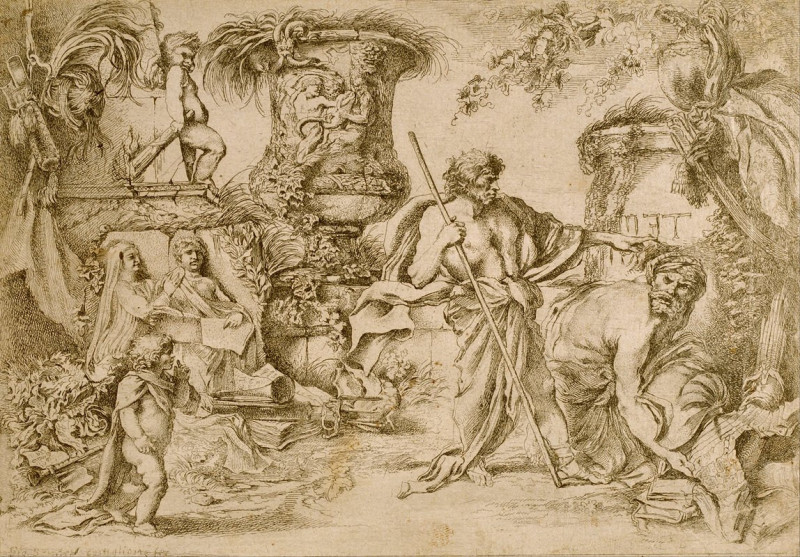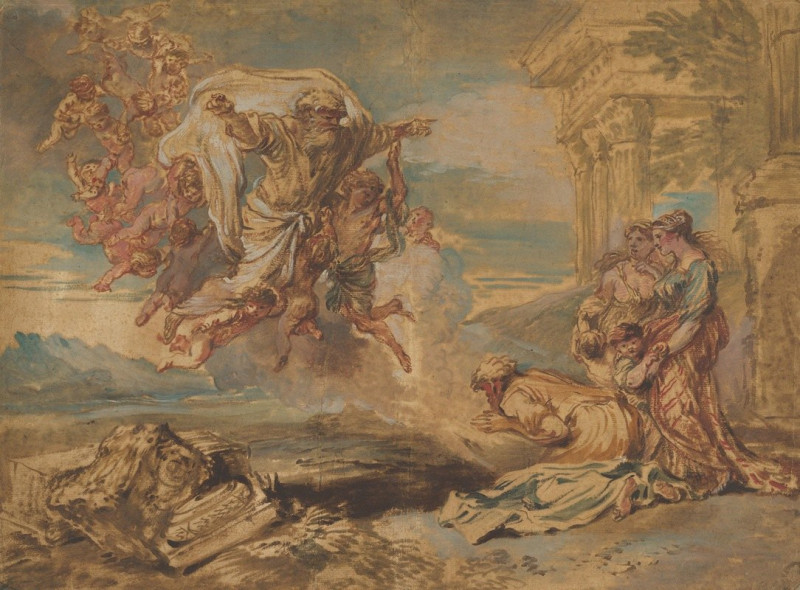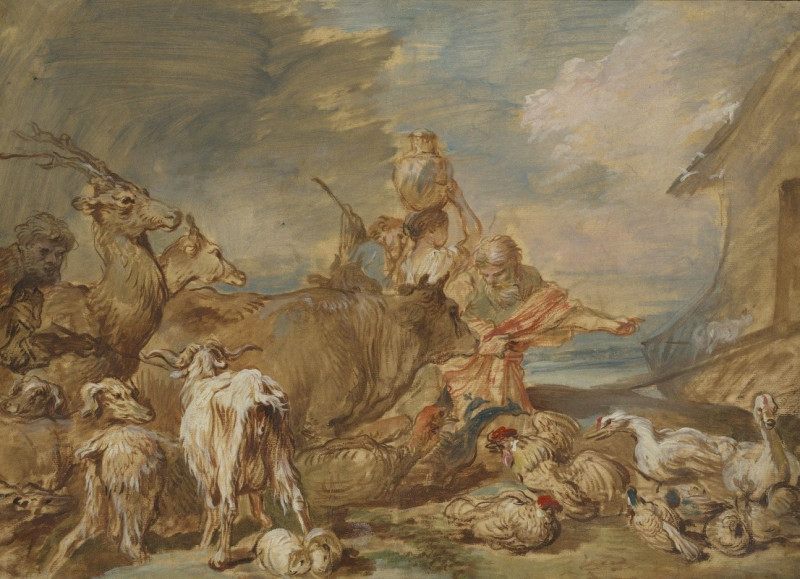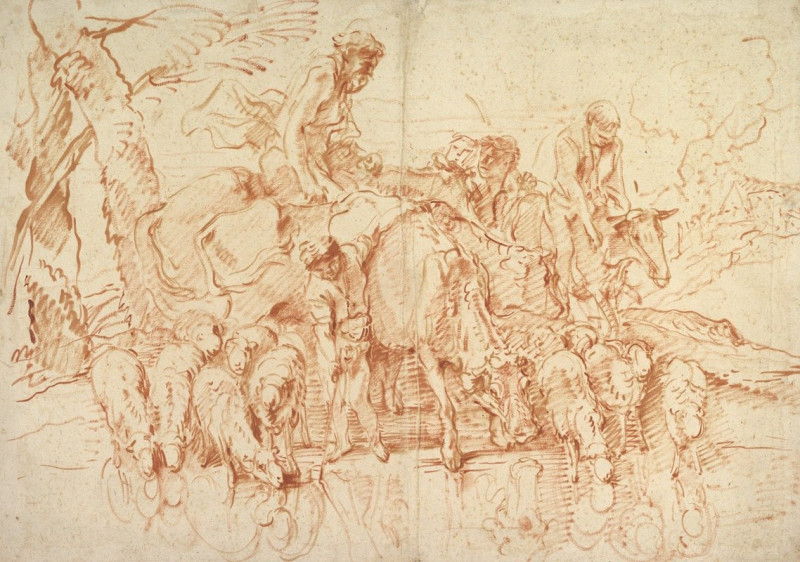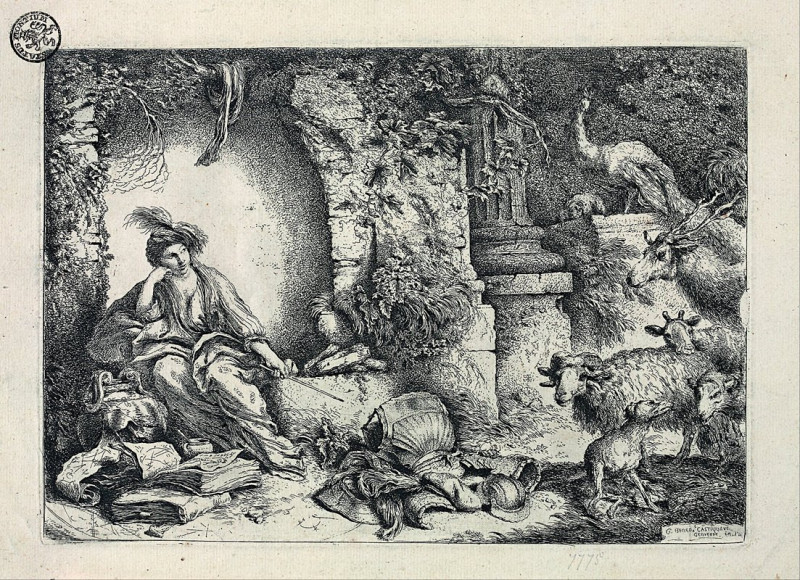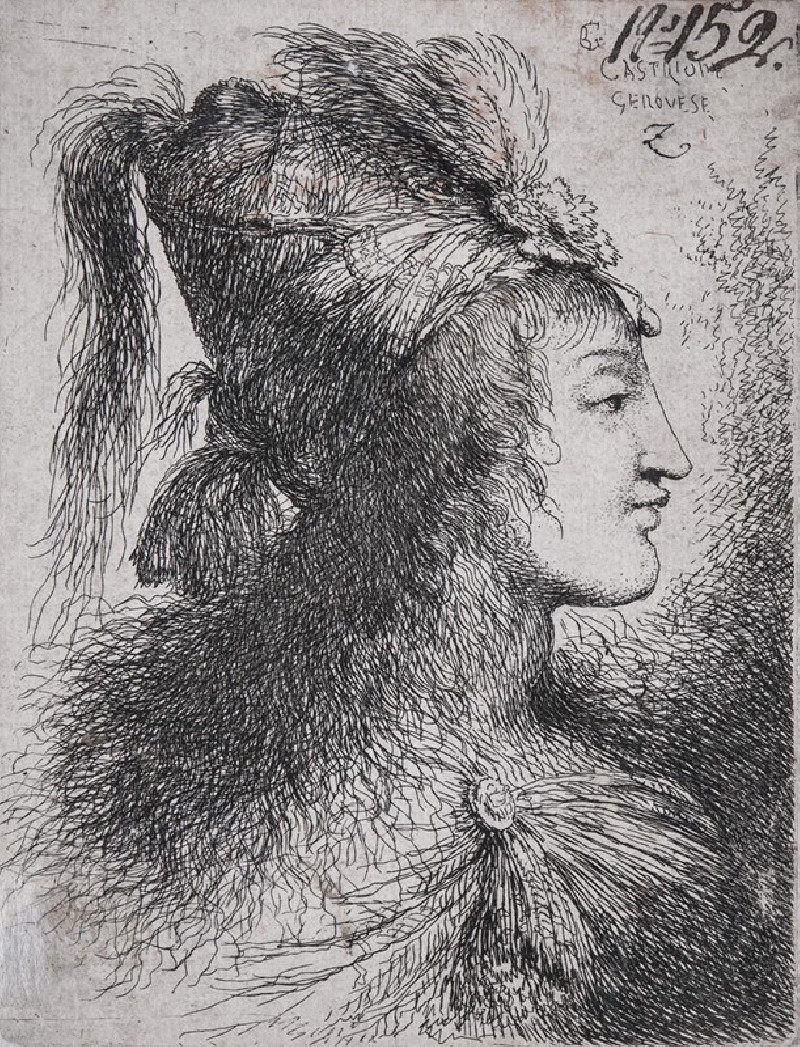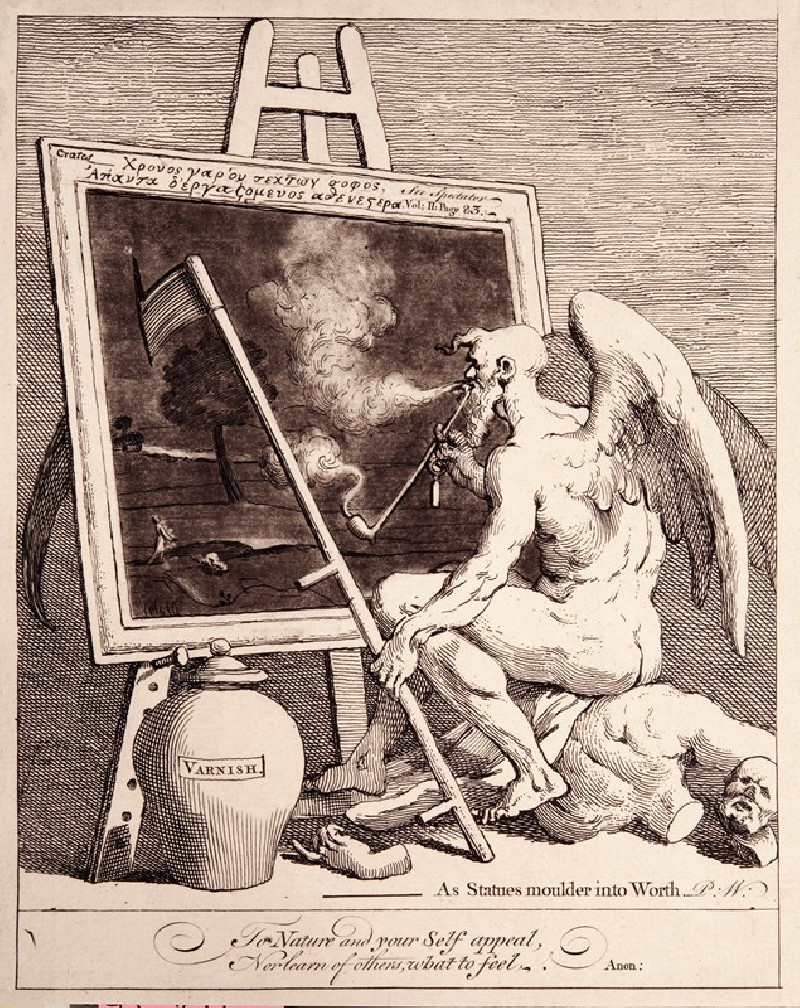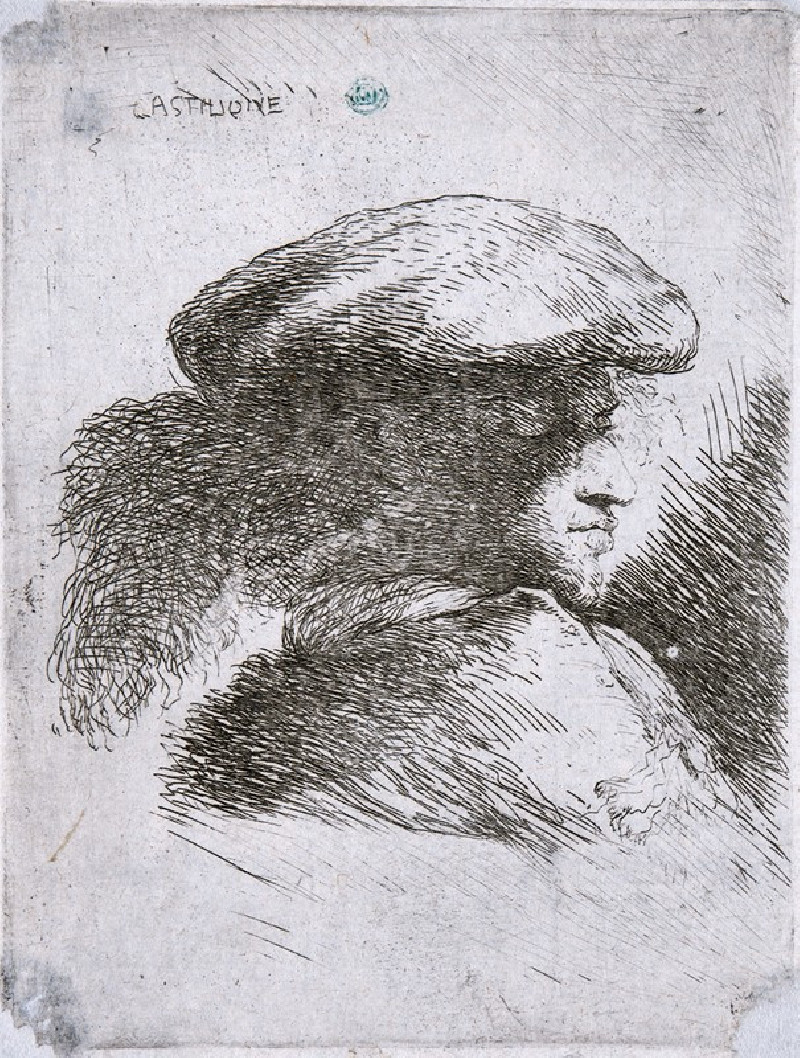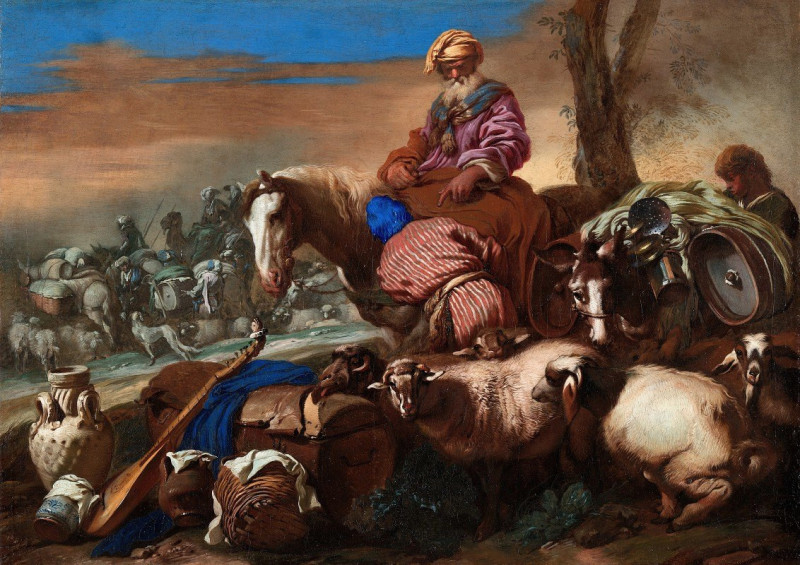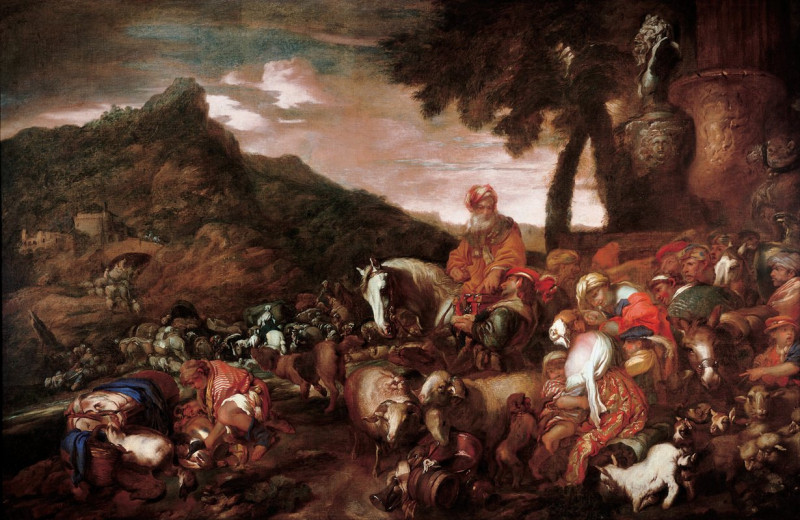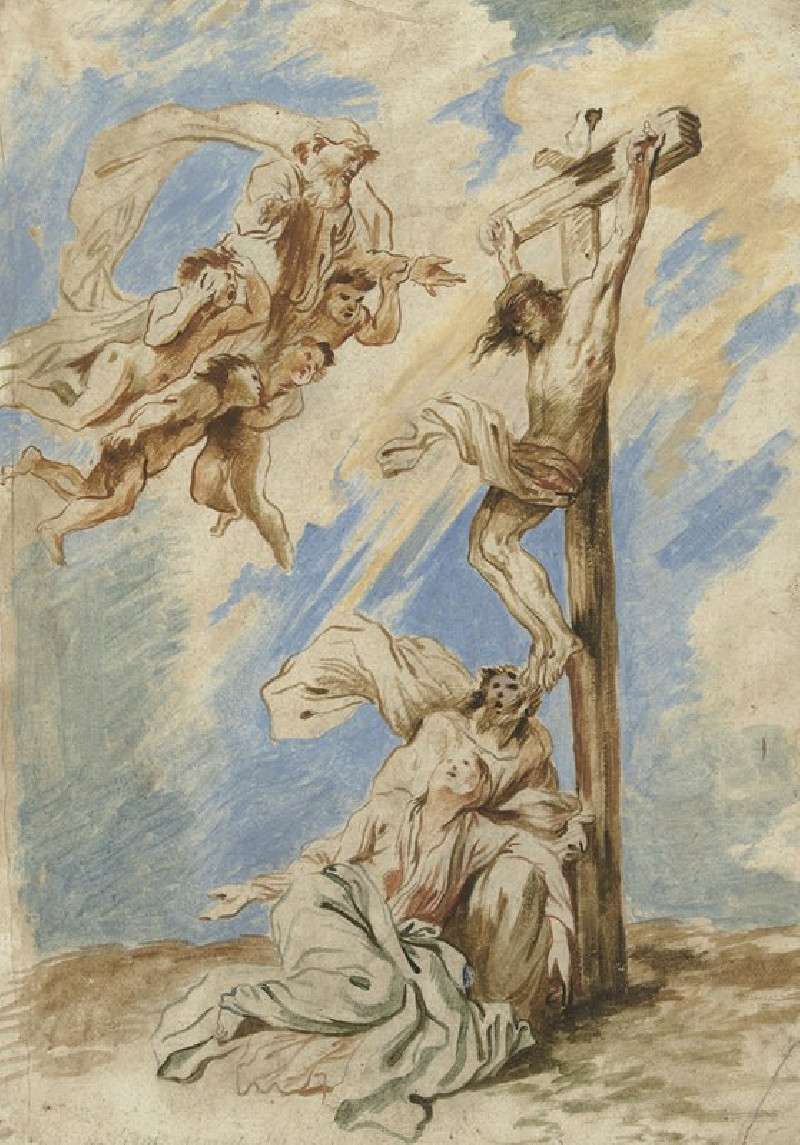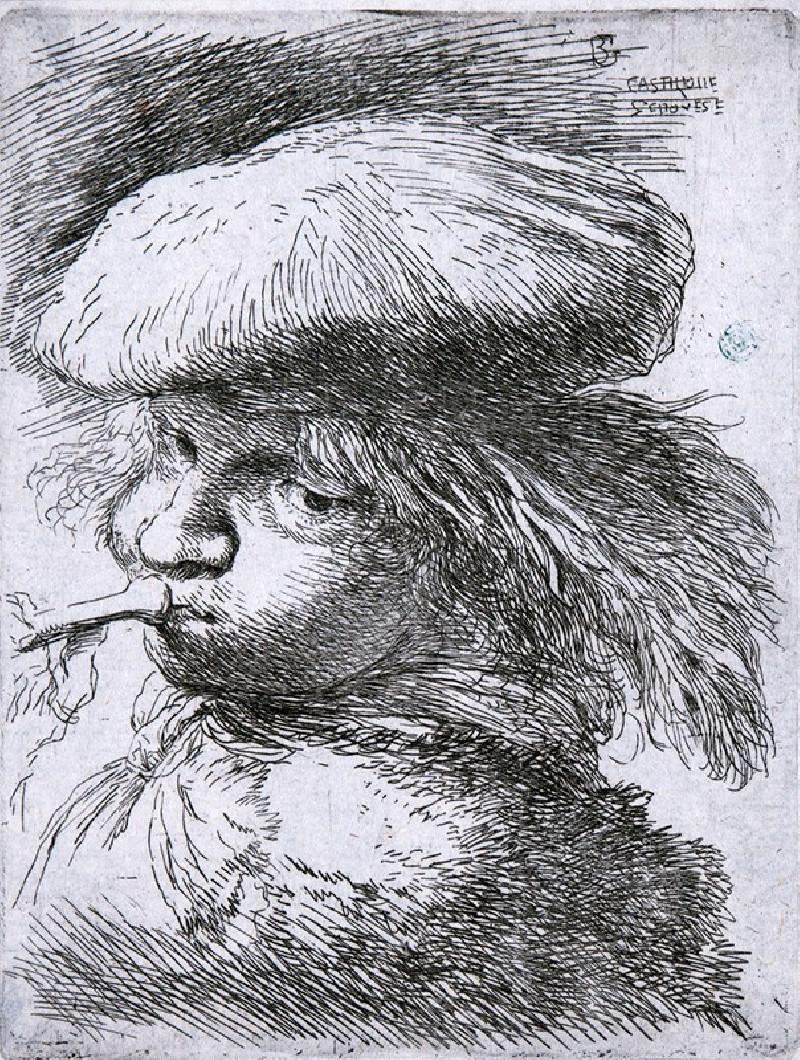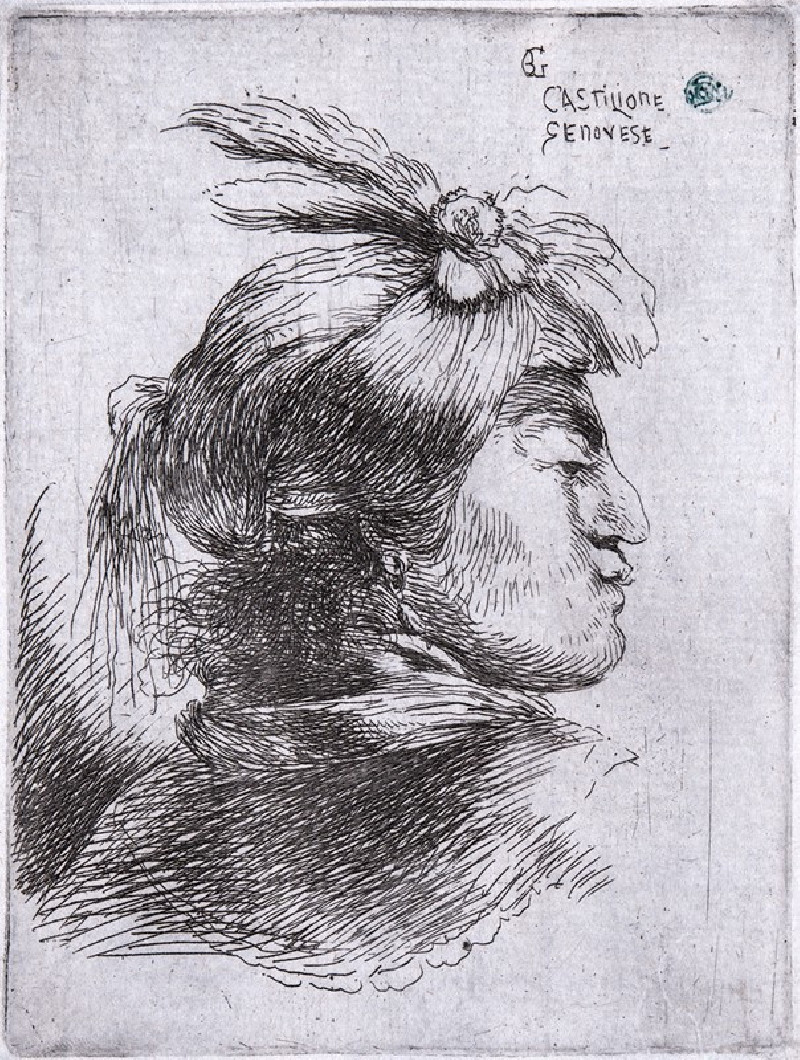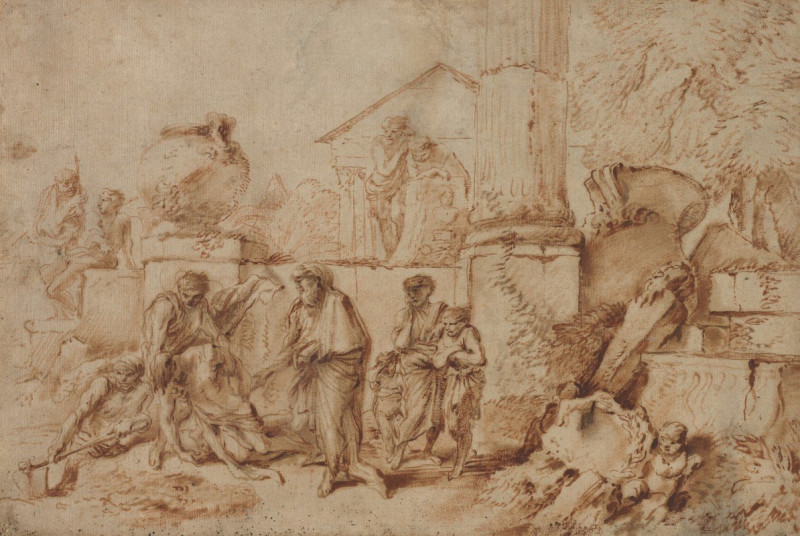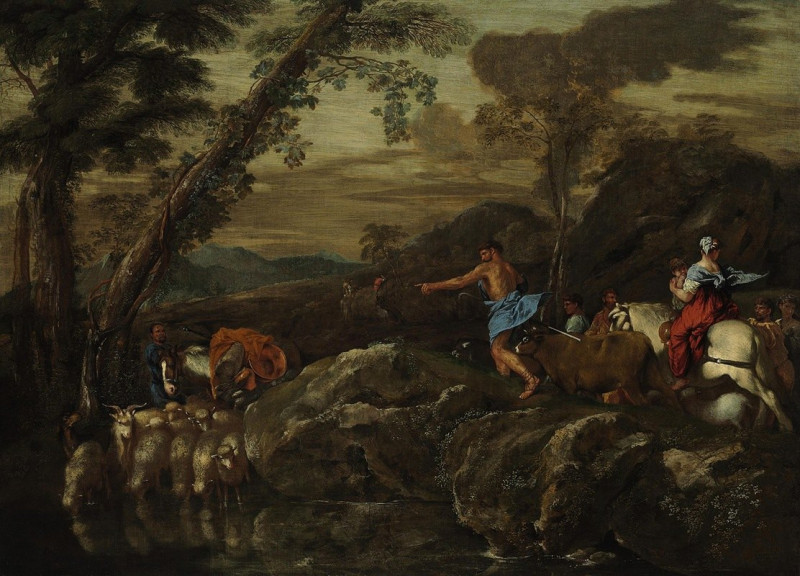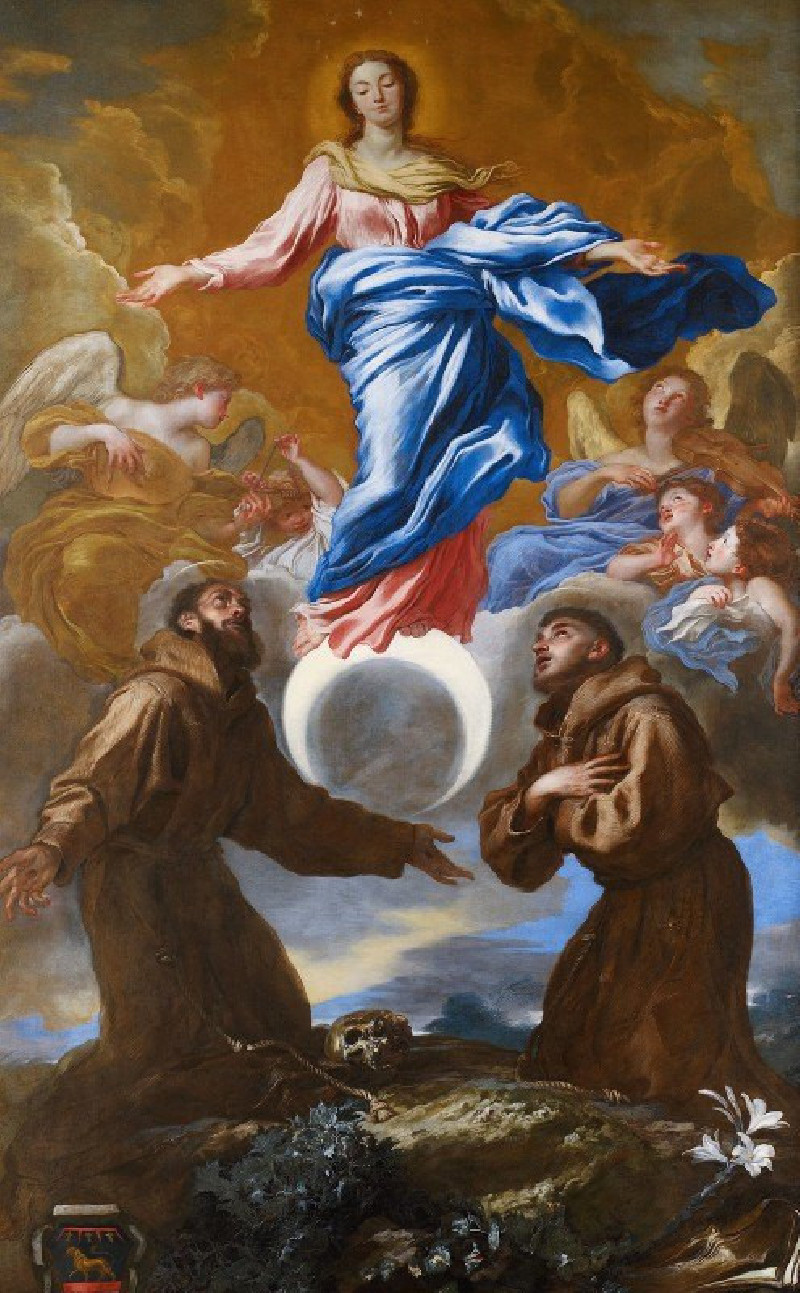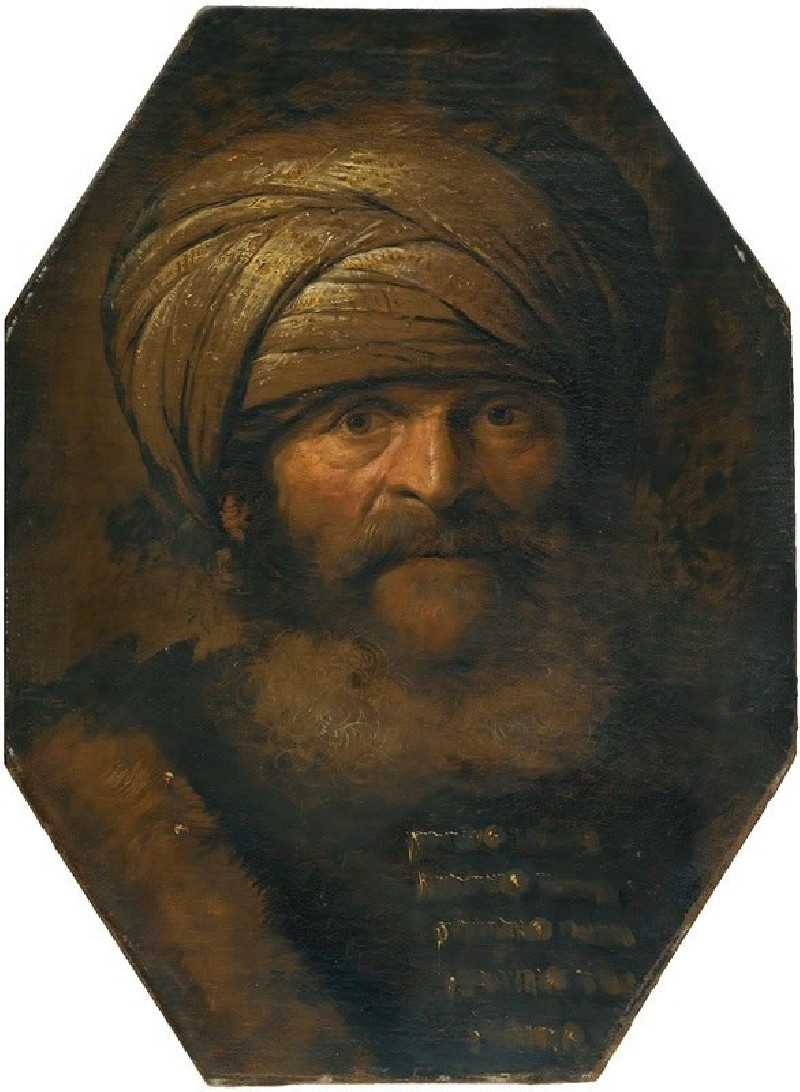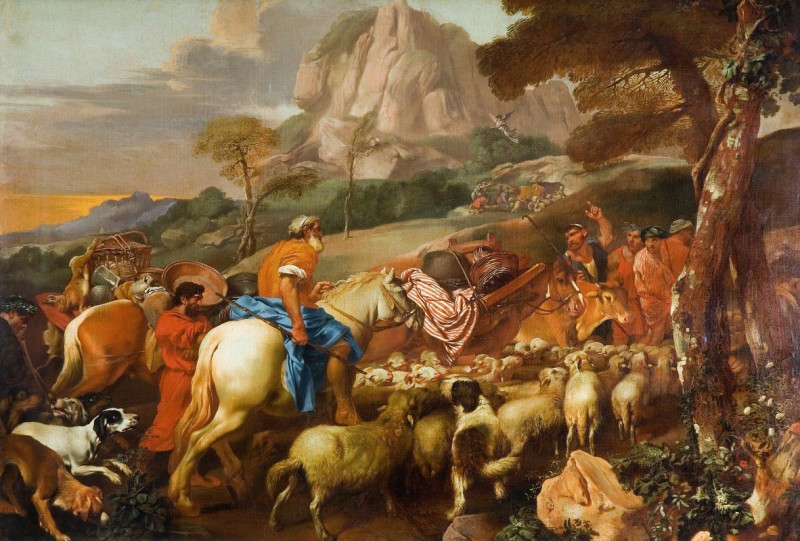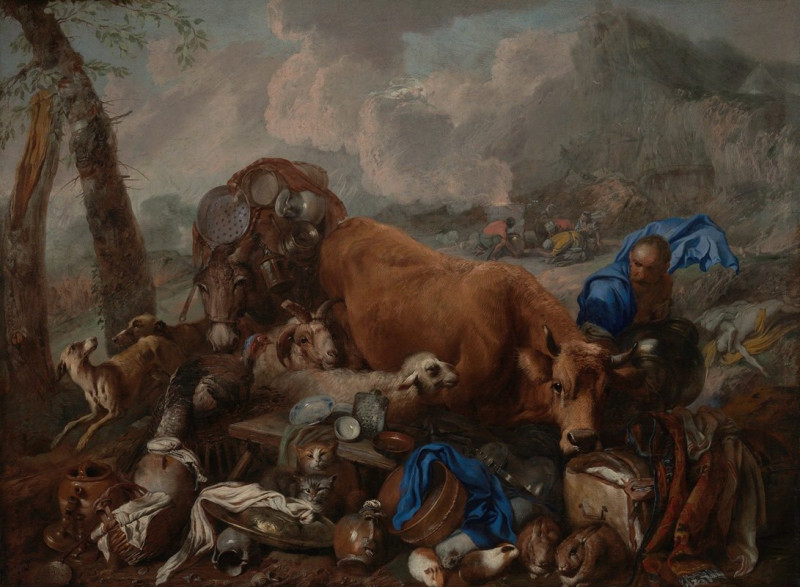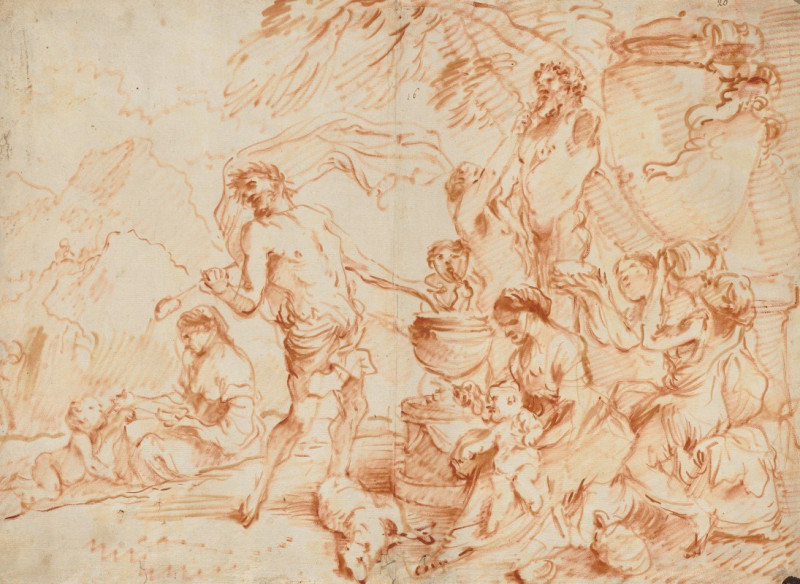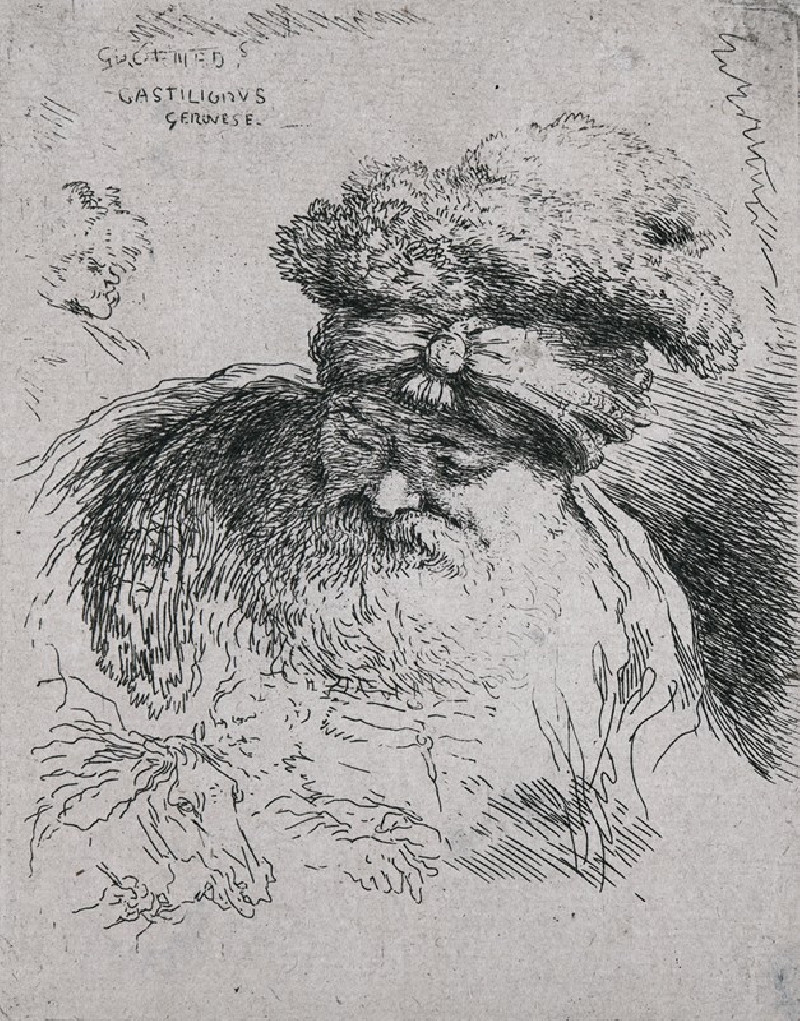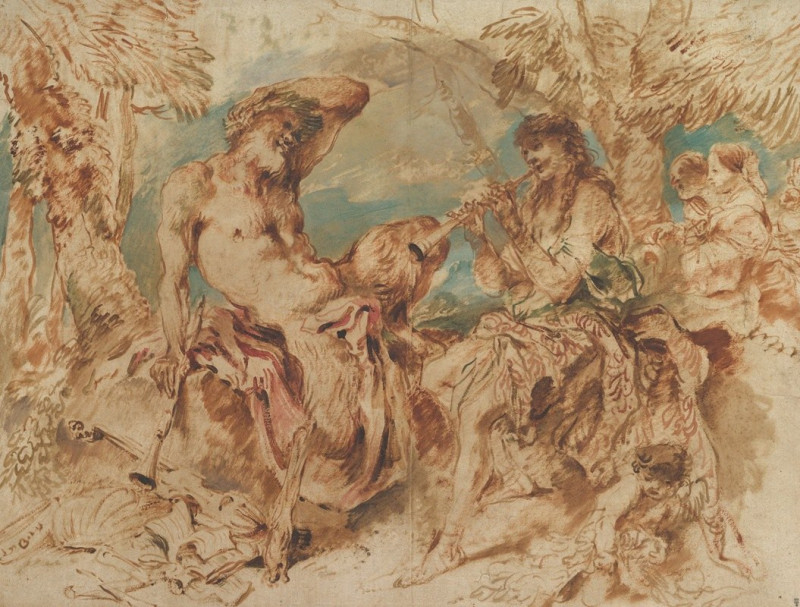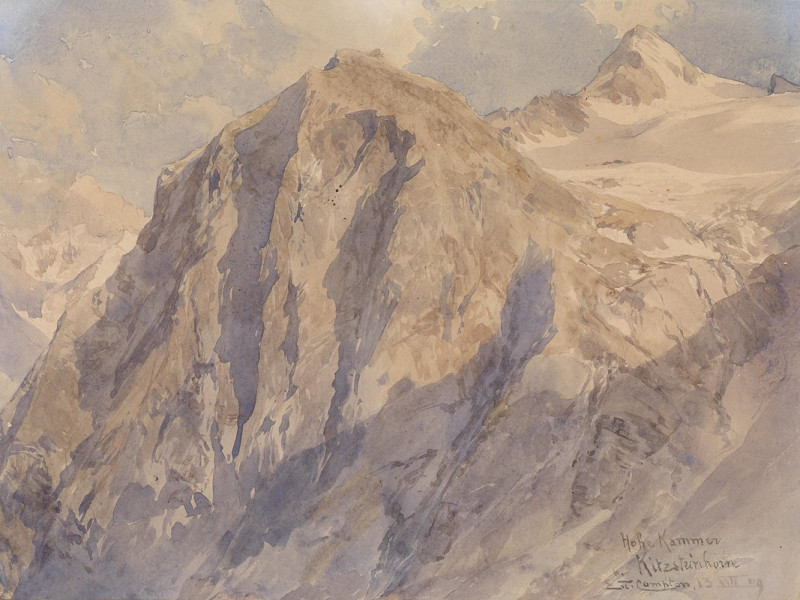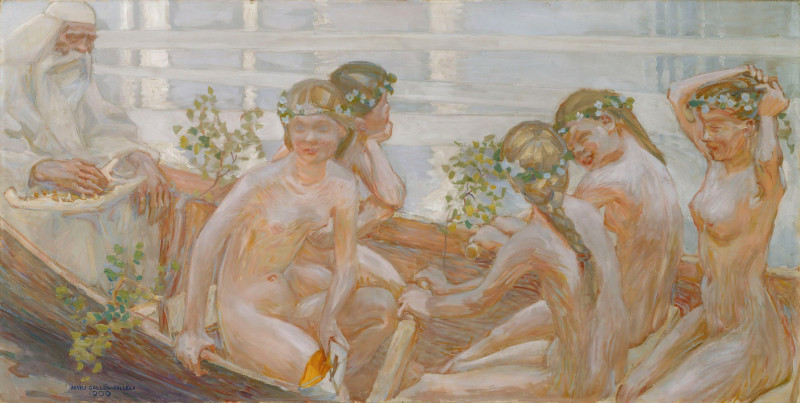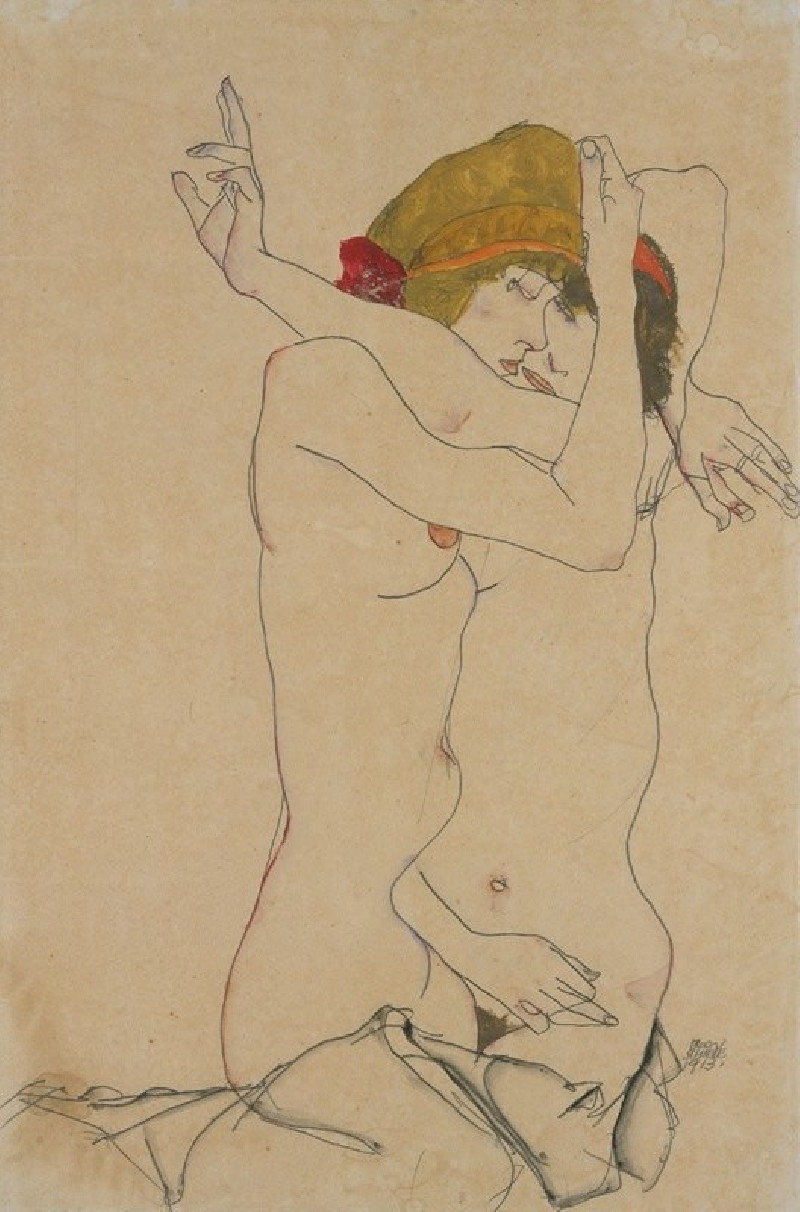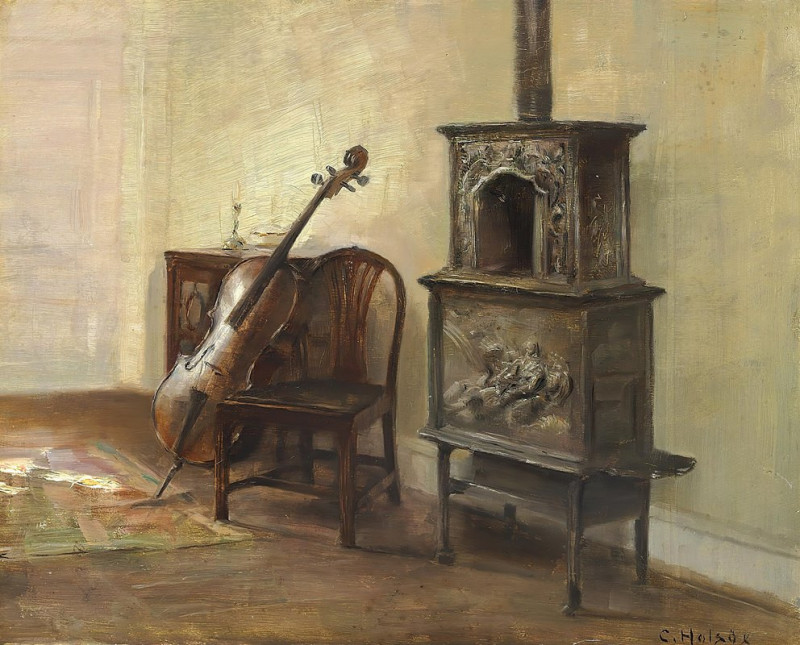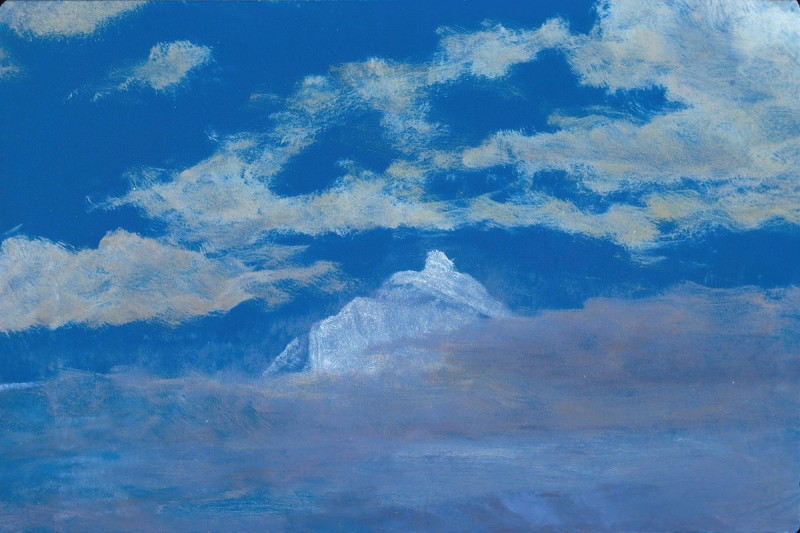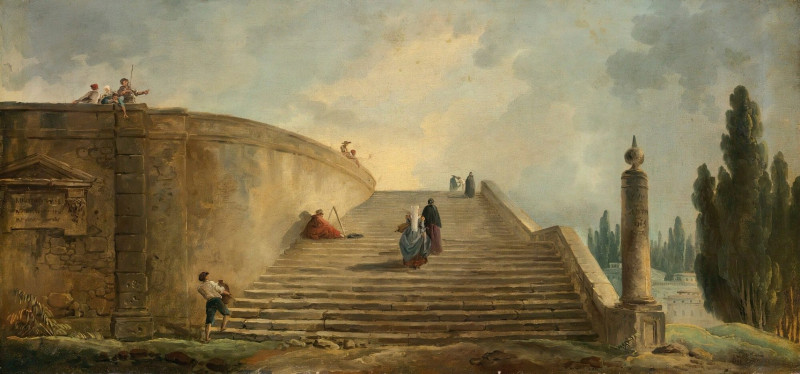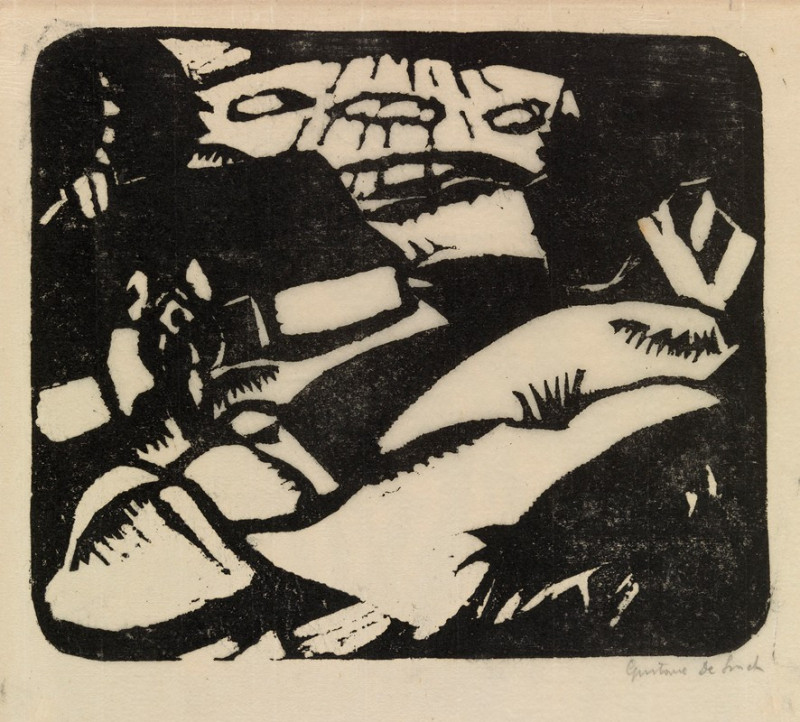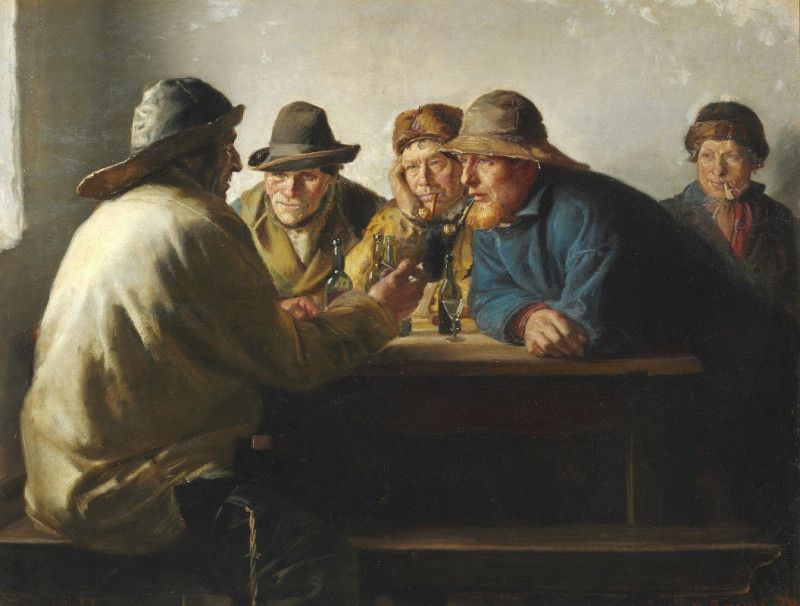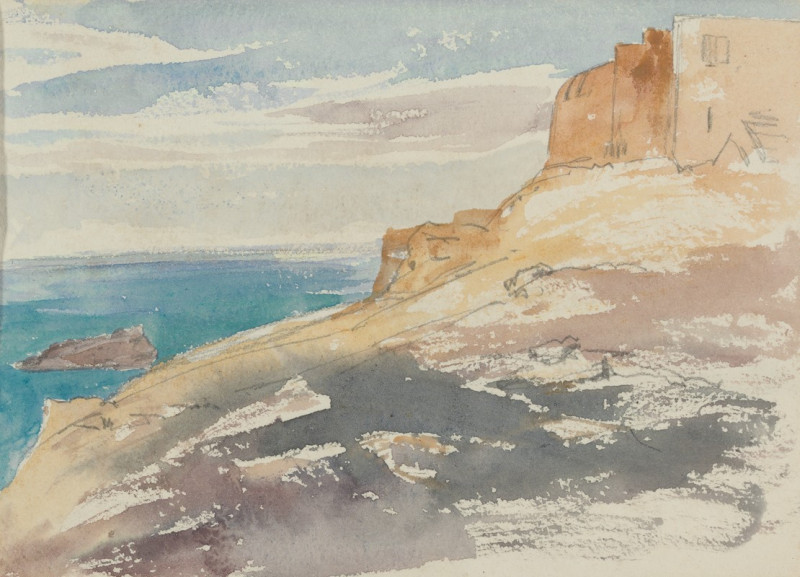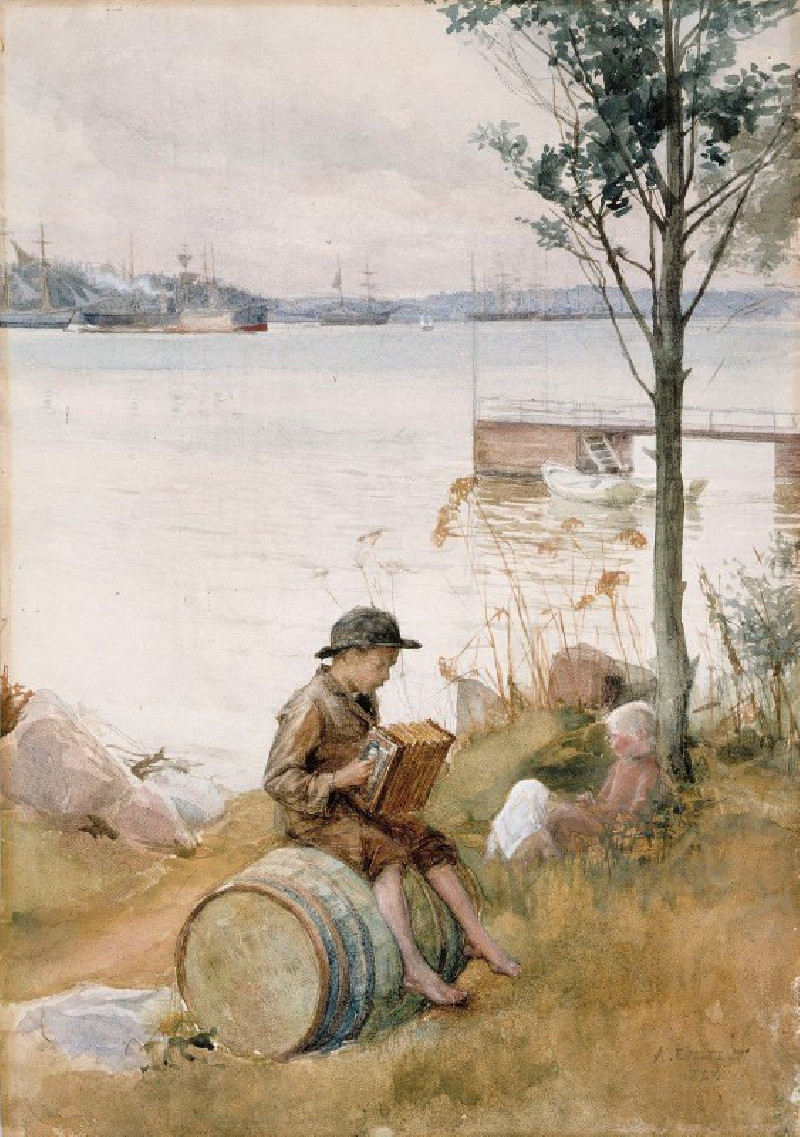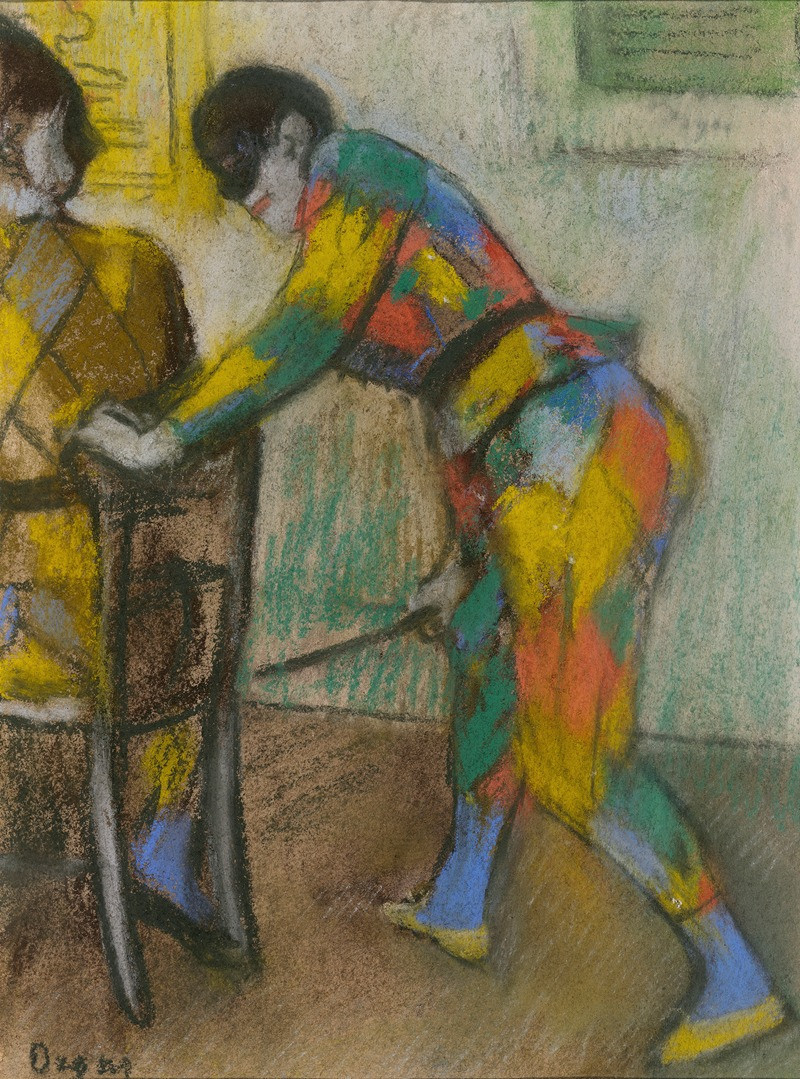Temporalis Aeternitas (1655)
Technique: Giclée quality print
Recommended by our customers
More about this artwork
Giovanni Benedetto Castiglione, a pioneer of the Italian Baroque era, is renowned for his intricate and imaginative prints. One of his most significant works, "Temporalis Aeternitas," completed in 1655, exemplifies his mastery in blending enigmatic symbolism with lush, detailed imagery.This painting immerses viewers in a scene filled with allegorical figures and dramatic interactions, set within a lavishly decorated, classical landscape. Centered in the work is a robust old man, possibly representing Time, holding a staff, suggesting authority and control over the transient nature of life. His gaze is directed towards a younger, muscular man who appears to pull on a drapery, potentially depicting the unveiling of truth or the passage of time.The composition is energetically balanced with various other figures, including two young women holding a scroll — possibly the muses of history or poetry, conveying the importance of knowledge and the arts in understanding and transcending time. A child nearby, focused intently on a globe, could symbolize the future generation or the ongoing march of time affecting all human endeavor.In the background and surrounding these central figures are ornate vases and busts overflowing with lush, blooming plants and draped fabrics, elements that reinforce the themes of luxury, transience, and the ongoing flow of time. The presence of masks and relics amidst the ruins hints at past civilizations and the enduring legacy of human culture.With "Temporalis Aeternitas," Castiglione not only showcases his skill with the etching needle but also offers a profound meditation on time, history, and human achievements.
Delivery
Returns
Giovanni Benedetto Castiglione (23 March 1609 – 5 May 1664) was an Italian Baroque painter, printmaker and draftsman, of the Genoese school. He is best known now for his etchings, and as the inventor of the printmaking technique of monotyping. He was known as Il Grechetto in Italy and in France as Le Benédette.
He painted portraits, history paintings and landscapes, but came to specialize in rural scenes with more animals than human figures. Noah's ark and the animals entering the Ark was a favourite subject of his, and he devised a number of other new subjects from the early parts of the Old Testament with the patriarchs and their animals.

